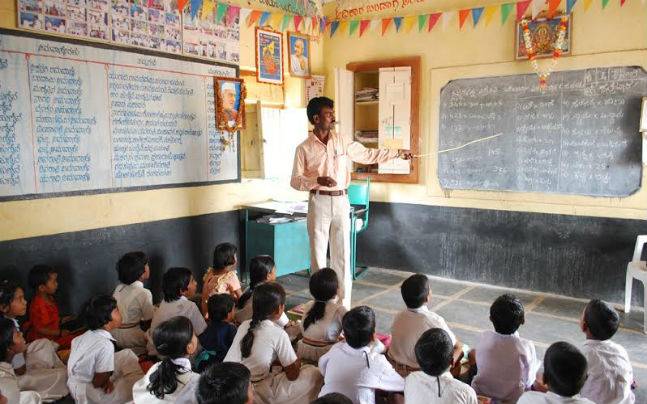Selecting the right primary school is one of the most important decisions parents make for their children in India. This choice can significantly impact a child’s academic and social development and set the tone for their future educational experiences. As parents navigate through numerous options, understanding the key factors to consider can help simplify this crucial decision. Here’s a comprehensive guide on what to look for when choosing a primary school for your child in India.
1. Curriculum and Educational Philosophy
Alignment with Educational Goals:
- Parents should evaluate whether a school’s curriculum aligns with their educational goals for their child. Whether it’s CBSE, ICSE, state boards, or international baccalaureate programs, understanding the curriculum’s focus helps ensure it matches the child’s learning style and family’s educational expectations.
Philosophy and Teaching Methods:
- The educational philosophy of a school influences its teaching methods. Schools that employ child-centric and inquiry-based learning approaches might be preferred for fostering critical thinking and creativity in students.
2. School Infrastructure and Facilities
Learning Environment:
- A well-equipped school with a conducive learning environment, including modern classrooms, science labs, libraries, and playgrounds, significantly enhances the educational experience. Such facilities support a broad range of extracurricular activities that contribute to a child’s holistic development.
Safety and Security:
- The safety of the school premises is non-negotiable. Parents should ensure that schools have robust security measures in place, including secure school boundaries, guarded entrances, and well-implemented safety protocols.
3. Quality of Teaching Staff
Teacher Qualifications:
- The qualifications and experience of the teaching staff are crucial. Teachers should not only be qualified but also passionate about teaching and capable of fostering a positive learning environment.
Teacher-Student Ratio:
- A lower teacher-student ratio is preferable as it ensures more individual attention, which is crucial for the learning and development of young students.
4. Accessibility and Location
Proximity to Home:
- The school’s location is a practical consideration. Schools closer to home reduce travel time for children and make it easier for parents to participate in school activities or address any emergencies that may arise.
Transport Facilities:
- If the school is farther away, check for reliable and safe school transport options. Ensure that vehicles are well-maintained and that staff managing the transport are trained and trustworthy.
5. School Fees and Additional Costs
Affordability:
- School fees are a significant factor for most parents. It’s important to consider not only the tuition fees but also additional costs such as uniforms, books, and field trips, which can add up.
Value for Money:
- Evaluate whether the fee structure corresponds to the facilities and quality of education provided by the school. The cheapest option may not always be the best, but neither is the most expensive one necessarily superior.
6. School Culture and Values
Ethos and Environment:
- The school’s ethos should promote a culture of respect, inclusivity, and ethical behavior. Understanding the school’s values and how they are integrated into its curriculum and extracurricular activities is crucial.
Parent and Community Engagement:
- Schools that encourage parental and community involvement typically foster a more supportive educational environment. Active participation from parents can enhance communication and collaboration between the school and families.
Conclusion: Making an Informed Choice
Choosing the right primary school in India involves a careful analysis of various factors that affect a child’s daily life and future academic success. By considering these critical aspects, parents can make a well-informed decision that best meets their child’s needs and aspirations. This decision is not just about academic learning but about providing a nurturing environment that contributes to the development of well-rounded individuals.


Leave a Reply